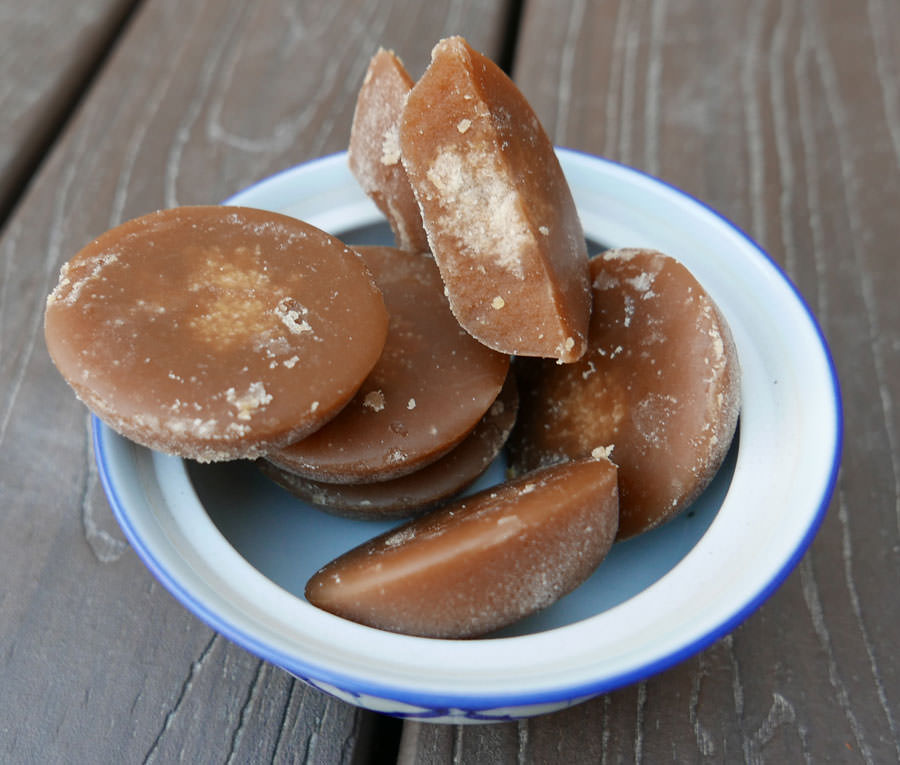Cane Sugar Processing: From Field to Table-- A Step-by-Step Overview
Cane Sugar Processing: From Field to Table-- A Step-by-Step Overview
Blog Article
A Thorough Guide to the Ecological Impact and Sustainability Practices in Cane Sugar Processing
The environmental effect of walking stick sugar processing presents a complicated selection of obstacles that warrant careful assessment. From soil deterioration and too much water use to the carbon impact related to cultivation and manufacturing, the effects of traditional techniques are far-ranging. On the other hand, the fostering of cutting-edge sustainability measures supplies a path towards a lot more accountable production methods. Understanding the interaction in between these concerns is critical for stakeholders in the industry. What certain methods can be executed to strike an equilibrium between productivity and ecological stewardship? The answers depend on a more detailed consider both the difficulties and prospective solutions.
Summary of Walking Cane Sugar Processing
Walking cane sugar processing entails a series of organized steps that transform sugarcane into polished sugar. At first, collected sugarcane is moved to processing centers, where it undergoes cleaning up to get rid of soil and particles. Following this, the cane is squashed to remove juice, which is then cleared up by removing pollutants via heating and the addition of lime.
The made clear juice goes through dissipation, where water is gotten rid of to focus the sugar content. These crystals are separated from the remaining syrup utilizing centrifugation, resulting in raw sugar.
The last item is after that dried out and packaged for distribution. Throughout this entire process, preserving effectiveness and quality assurance is vital to guarantee the sugar meets market requirements. Each action in walking cane sugar handling not just adds to the end product but also has implications for resource usage and waste generation, establishing the phase for conversations on sustainability and ecological effects connected with sugar production.
Environmental Challenges of Production
The manufacturing of walking cane sugar provides a number of considerable environmental challenges that warrant attention. One primary problem is the considerable usage of agrochemicals, consisting of fertilizers and pesticides, which can cause soil degradation, biodiversity loss, and contamination of local water resources. The overflow from sugarcane fields often carries these chemicals right into close-by communities, disrupting marine life and influencing the health and wellness of communities reliant on these water bodies.
An additional obstacle is the high energy intake related to sugarcane handling. The boiling and refining stages call for considerable heat, mainly created by melting fossil fuels, contributing to greenhouse gas exhausts. Furthermore, the extensive acreage needed for sugarcane farming can result in deforestation and habitat damage, further exacerbating environment modification and threatening wild animals.
In addition, the labor techniques in some regions elevate honest concerns, as employees may deal with poor working problems and inadequate earnings. This situation usually continues a cycle of hardship in local neighborhoods. Cane Sugar Processing. Addressing these environmental obstacles is important for creating much more lasting techniques in walking stick sugar manufacturing, eventually profiting both the environment and the neighborhoods entailed in this industry
Water and Land Use Influence
Water resources and land usage are essential components in the walking cane sugar industry that substantially influence the environment. The cultivation of sugarcane needs significant water input, with estimates suggesting that it can take in as much as 2,000 liters of water per kg of sugar generated. This extensive usage of water frequently leads to depletion of regional water sources, influencing not only the sugarcane ranches however likewise bordering ecosystems and communities that rely upon the exact same water sources for agriculture and domestic use.

In addition, land use for sugarcane farming can result in logging and the conversion of all-natural habitats right into monoculture plantations. This method diminishes biodiversity, interrupts neighborhood communities, and adds to soil deterioration. The development of sugarcane fields typically encroaches on important farming land, creating competition for sources in between food and biofuel production.
Sustainable methods, such as maximizing irrigation strategies and executing plant turning, are vital to alleviate these influences. By adopting much more effective water use and land monitoring strategies, the cane sugar sector can decrease its environmental impact, making certain an equilibrium between agricultural productivity and environmental preservation.
Greenhouse Gas Emissions
Greenhouse gas discharges represent a considerable ecological concern within the cane sugar processing industry, especially as agricultural methods broaden to satisfy worldwide demand. The cultivation of sugarcane, a crop that grows in exotic environments, counts heavily on synthetic fertilizers and pesticides, which add to laughing gas discharges. Furthermore, land-use modifications, consisting of logging for brand-new sugarcane vineyards, release carbon dioxide stored in vegetation and dirt.
During processing, power usage is one more significant resource of greenhouse gas discharges - Cane Sugar Processing. Many sugar mills make use of fossil gas to power machinery and create warm, resulting in substantial carbon impacts. Additionally, the transportation of raw sugarcane and ended up products adds layers of discharges through gas combustion in vehicles
The collective effect of these exhausts worsens climate modification, positioning risks not just to the environment yet also to the lasting practicality of the sector. Stakeholders should identify the urgent demand for extensive approaches that deal with these exhausts. This involves assessing current agricultural practices, refining approaches, and transportation systems to recognize areas for renovation and mitigation. Dealing with greenhouse gas exhausts is vital for cultivating an extra sustainable walking cane sugar industry in an altering environment.

Lasting Practices and Innovations
Sustainable techniques and advancements are increasingly essential in the walking stick sugar handling market as stakeholders seek to minimize environmental effects while maintaining efficiency. One significant improvement is the implementation of integrated plant management, which enhances source use by incorporating soil administration, pest control, and crop turning strategies. This method boosts yield important source while lessening chemical inputs and preserving soil health and wellness.
Moreover, the fostering of renewable resource resources, such as biomass from sugarcane residues, has actually obtained traction - Cane Sugar Processing. By converting waste items right into energy, processing facilities can lower their reliance on nonrenewable fuel sources, consequently decreasing greenhouse gas emissions
Water administration techniques have also seen enhancements via the recycling and reusing news of water in handling plants, considerably minimizing freshwater intake. Innovations in modern technology, such as accuracy agriculture, allow farmers to keep an eye on plant wellness and resource usage better, making certain lasting farming practices.
Furthermore, accreditation programs like Fair Trade and Rainforest Alliance encourage eco liable farming techniques and promote social equity within the supply chain. By embracing these lasting techniques and developments, the walking stick sugar handling sector can enhance its durability and contribute positively to ecological stewardship.
Verdict
The ecological influence of walking cane sugar handling provides considerable difficulties, including soil destruction, high water usage, and greenhouse gas discharges, together with ethical concerns related to labor techniques. Resolving these concerns with sustainable practices, such as incorporated plant administration, renewable power fostering, and water recycling, is necessary. By promoting socially equitable and environmentally liable techniques in sugar production, the industry can minimize its negative effects, making certain a much more sustainable future for both ecosystems and areas involved in this sector.
Walking stick sugar processing entails a read this post here series of organized steps that change sugarcane into polished sugar. Each step in walking cane sugar processing not just contributes to the last product yet likewise has effects for resource usage and waste generation, setting the phase for discussions on sustainability and ecological impacts connected with sugar manufacturing.
Greenhouse gas discharges stand for a considerable ecological issue within the walking cane sugar handling market, specifically as agricultural methods expand to satisfy international demand.Sustainable methods and innovations are progressively essential in the cane sugar handling sector as stakeholders seek to decrease ecological impacts while preserving performance.The environmental impact of walking stick sugar handling presents significant difficulties, including soil deterioration, high water consumption, and greenhouse gas emissions, together with honest issues associated to labor techniques.
Report this page